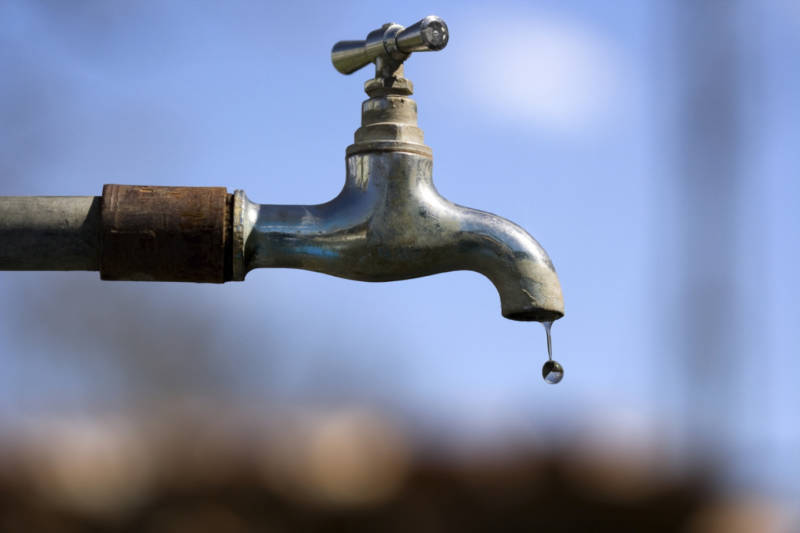California is moving away from mandatory water conservation rules. At least for now. Gov. Jerry Brown enacted mandatory 25 percent reductions across the state that went into effect last June, but this spring the State Water Resources Control Board moved to give local water agencies authority to determine how much conservation is needed.
The latest numbers from April show a hopeful sign that perhaps conservation is becoming a way of life in California – even without government mandates. The Water Resources Control Board reported that Californians cut water usage by 26.1 percent in April compared to the same month in 2013. That’s a reduction from 104 gallons (394 liters) per person a day to 77 gallons (292 liters).
Nearly 60 percent of California remains in severe drought, so diligence on water conservation is still pertinent. But the benefits extend beyond just water. Because it takes energy to move and treat water (and wastewater), water conservation also translates to energy savings.
Throughout the last year of mandatory water conservation requirements, the state reported each water supplier’s monthly tallies, so the water savings were clear. But what quantity of energy savings were realized as a result?
Researchers from the Center for Water-Energy Efficiency at the University of California, Davis, decided to find out. The group built an interactive web application which shows that California’s water conservation rate of 23.9 percent over 2013 levels between June 2015 and February 2016 saved 922,543 megawatt hours (MWh) of electricity, or enough to power 135,000 houses for a year. This energy saving also translated into a reduction in greenhouse gas emissions of 219,653 metric tons or the equivalent of removing 50,000 cars from the road for a year.

